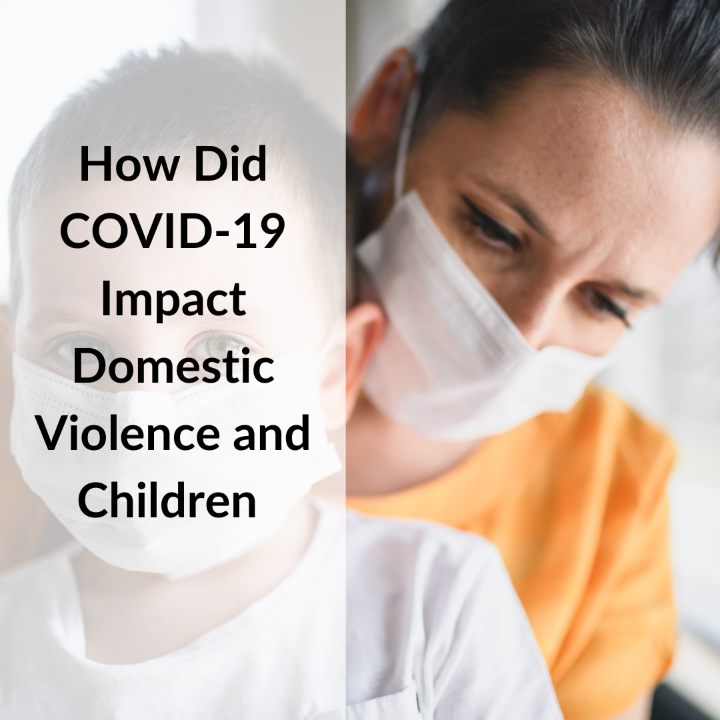By Shirley Sanguino
Indeed, we all remember March of 2020, when coronavirus, COVID-19 brought the world into a complete lockdown. It caused daily activities such as school and work to become remote. It also required everyone to create ingenious ways to stay active at home. Unfortunately, these changes also brought on a darker side for those suffering from domestic violence (DV).
the Impact of Covid-19 on domestic violence
According to a report published by the United Nations in 2021, violence toward women skyrocketed during this time. It showed a global increase of between 25-30%. In a study conducted across different cities within the U.S., domestic violence was reported to have increased by 8.1% following lockdown restrictions. This dramatic increase can be attributed to the additional hours spent at home due to the lockdowns.
Furthermore, the increased isolation created distance from family and friends. Add to this the limited windows of time in which victims could seek assistance. Due to the overload of the medical health system during the peak of the pandemic, many DV victims struggled with accessing medical care or therapeutic services.
The Catch-22’s of COVID-19
At the same time, many refused to seek assistance out of fear of contracting the virus or possibly infecting their loved ones by seeking shelter with them. In a Time magazine article, a female caller who had been strangled by her partner was hesitant to seek help out of fear of catching COVID-19.
Additional factors that could have likely influenced the increase included exacerbated versions of typical intimate partner violence triggers, such as male unemployment, childcare stresses, finances, and poor coping strategies.
Global repercussions of COVID-19
In examining the rise of domestic violence globally, a study conducted in Iran revealed that emotional violence was present the most, with 18.31% of victims experiencing this type of abuse, followed by 15.32% struggling with verbal abuse, 10.74% with financial abuse, 7.39% with physical abuse, and 2.11% with sexual abuse.
Notably, a rise in domestic violence and psychological issues is not isolated to COVID-19. It has been observed before with the Ebola outbreak, and during other man-made or natural disasters. Other countries including Brazil, Australia, China, the United Kingdom, France, Argentina, Cyprus, and Singapore, also demonstrated an increase in domestic violence rates.
Impact on children in general
As with domestic violence, child abuse during lockdown also faced an increase in rates. According to the Substance Abuse and Mental Health Services Administration (SAMHSA), children were extra vulnerable to violence during this time due to additional parental stress.
Stress amongst parents is a major predictor of child neglect and abuse. It often contributes to more aggressive responses to children’s behavior. This was exacerbated during COVID-19 lockdowns due to the lack of resources for parents. These included childcare, schooling, after school activities, and extended family assistance.
Furthermore, child protection agencies were faced with fewer workers, meaning fewer home visits. Coupled with children being homeschooled, teachers and other adults would be unable to see signs of abuse in a child. Nor would it be reported to adequate agencies, likely leading to child abuse going under the radar.
The longer-term impact of COVID-19
Once the cycle of violence starts in families, it becomes entrenched and harder to break. The single biggest predictor of whether a child will continue the cycle of violence as a victim or perpetrator into adulthood stems from if this child grew up in a home with domestic violence.
This is called Childhood Domestic Violence (CDV), an Adverse Childhood Experience (ACE) that impacts over a billion people globally. It occurs often with other ACEs and is the least known of them. With the advent of COVID-19, the Catch-22s and stress levels of parents and caregivers gave rise to an increase in violence.
Might it be that, over time and with further studies and research, it will be determined that COVID-19 may have had an impact on a new generation of violence? To underscore CDV’s relationship to other ACEs and also to domestic violence would be a societal failing. This sounds grim, but there is always hope with increasing awareness and knowledge on an individual and social scale.
The GOOD NEWS in the aftermath of COVID-19
What COVID especially succeeded in doing, is shine a light on mental health issues. It also spotlighted what social services may be lacking when dealing with a pandemic and global lockdown. The same concepts can be applied to future crises and natural or man made disasters that impact any level of population.
The idea of fostering resilience to thrive after trauma is taking a greater hold. There is an increased emphasis on diminishing the stigmas around mental health issues. There is more focus on asking for help on mental health. It is not only okay but the best thing you can do to help yourself and others.
More and more people are learning about CDV and its impact on adults who grew up with violence. This knowledge may alleviate for many families a next generation of violence. ACE’s are becoming more in the forefront of studies and now can be very specific, targeting a population that may exhibit multiple ACEs within families.
Those in the field related to domestic violence, are making more connections. Also, they are starting to connect the dots between these areas of knowledge. They are putting into practice better ways to help people be resilient during and after major crises.
No one has the power to avoid crisis. But if the emphasis is being able to provide the knowledge and services needed for both child and adult alike, free of stigma, the future repercussions, for the children especially, will be more positive.
Visit cdv.org

